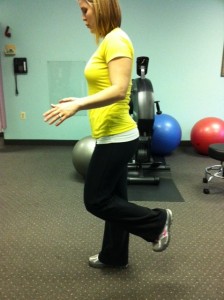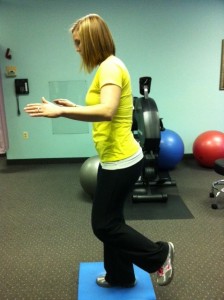The three components of balance comprise of the visual system (SEE), proprioceptive system (FEEL), and the vestibular system (HEAR – located in the inner ear). The brain integrates and processes all the information from these 3 systems to help us maintain our balance or sense of equilibrium. When you start to have problems with your balance, one or more of the above systems might be affected. Let us examine each of these systems briefly.
SEE no EVIL – Visual system
Receptors in the retina are called rods and cones. When struck by light, the receptors send impulses to the brain that provide visual feedback on how a person is oriented relative to other objects. This is how we know when we are upright or lying sideways.
HEAR no EVIL – Vestibular system
The vestibular system in each ear is made up of the utricle, saccule, and three semicircular canals. The utricle and saccule detect up, down, and side to side movements. The semicircular canals detect rotational movement. When the head rotates in the direction sensed by a particular canal, the receptors in that canal sends impulses to the brain about movement. When the vestibular organs on both sides of the head are functioning properly, they send symmetrical information to the brain.
FEEL no EVIL – Proprioceptive system
Proprioceptive sensory/mechanoreceptors from the skin, muscles, and joints are sensitive to stretch, pressure, and movements. With any movement of the body, the receptors respond by sending impulses to the brain which then interprets these movements. This is how even with your eyes closed you can tell if your elbow is straight or bent or which way your head is turned.


